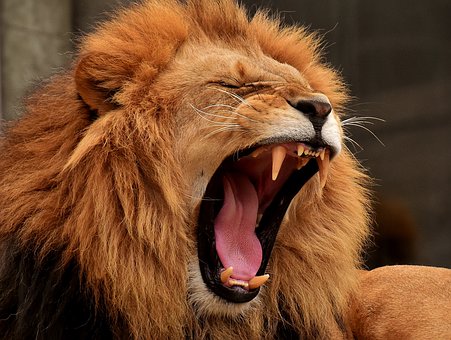5 Wildlife Photography Tips Everyone Needs to Know

Whether you are going on safari in Africa or just taking a trip to the local zoo, there is something that always seems to compel us to take photos of wildlife. Taking a great photo of wildlife in the zoo, however is probably much simpler than taking a photo of wildlife in the true wild thanks to the more sedentary nature of most zoo animals. No matter what type of wildlife you want to photograph, here are 5 great tips to help you capture wildlife in all its spectacular splendor.
1. Use Burst
Most cameras come with a burst mode or burst feature that will shoot a “burst” of several frames all at once. One thing about wildlife is that they generally don’t sit still long for the camera. When subjects move, it often creates a blur if you are just shooting a single frame. By shooting in burst mode, the camera will shoot a rapid series of pictures in less than a second. Sometimes, you can even get the most spectacular photos when your subject moves unexpectedly, such as when a bird suddenly spreads its wings and takes flight in the blink of an eye. Without burst mode, you would just have a blurry image if the bird moved right when you were trying to take a photo. With burst mode, you will most likely end up with a crystal clear, sharp image of your subject in all their natural splendor.
2. Pay Attention to Light
While modern cameras offer a wide range of filters that will automatically adjust to light, the power of the sun is far stronger than any filter. You can take stunning photos if you learn how to adapt to or adjust your photo to harness the power of the sun. While you never want to shoot directly into the sun or you will end up with just a blank, white frame, you can create some interesting effects by shooting a photo with the sun just to the left or right of your subject.
Direct sunlight often creates something known as a “lens flare” that can completely obscure the subject of your photo, be a complete distraction in your photo or add an interesting element of texture to it. Ultimately, you will get the best photos if you can shoot them in what is known as the “golden hour” or the first or last hour of sunlight of the day. This is when the sun is least intense and will generally offer a beautiful, hazy glow rather than a harsh glare. Cloudy days can also be great for getting your best photos, but if it’s too cloudy, they can come out drab and somewhat flat.
3. Framing
While many novice photographers tend to place their subject directly in the middle of the frame, that doesn’t always create the most compelling photo. Great photos utilize something known as the “rule of thirds” to create good composition. Essentially if you were to draw three horizontal and three vertical lines across your screen or viewfinder, it would create 9 boxes with intersecting lines. Then, if you place something of interest within those boxes or line up a point of interest or interesting element with one of the intersections, you will create the most compelling photo.
4. Distance
Another tendency of many amateur photographers is to zoom in or try and get as close to a subject as possible. While this can certainly create some spectacular pictures, it doesn’t always create the most interesting ones. Sometimes, the most interesting photos might be taken from a distance and include features like a giant elephant looking very small against a stunning horizon or a gazelle cast in shadow leaping against a spectacular sunset.
5. Take a lot of Photos
Often, people will snap one photo and be done. That made a lot of sense when people shot on film, which had to be developed, which got expensive. Many of your photos are going to turn out to be flat and rather boring, which means you can delete them. Even professional photographers will often shoot hundreds of photos for every “money shot” they can sell. If you want one or two great photos, you’re probably going to have to take a few hundred shots.

















